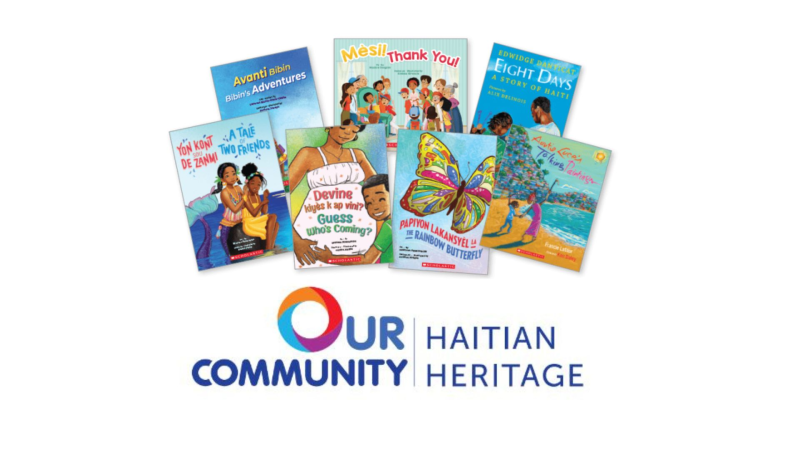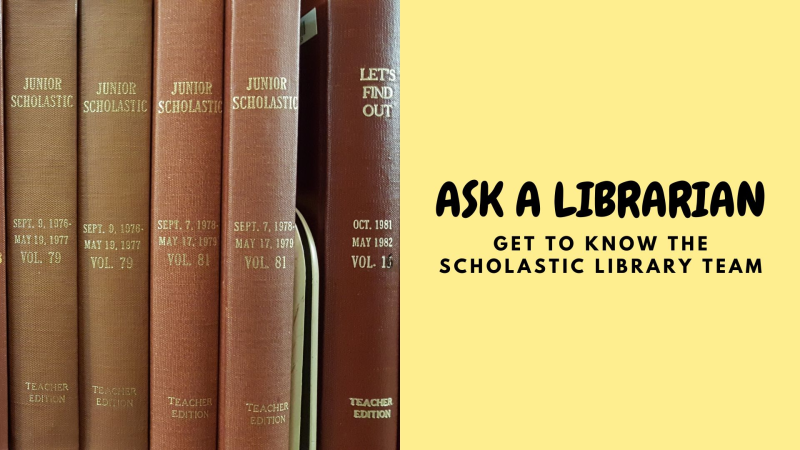Lena Reilly is a Corporate Communications Summer Intern. Her Book Print—the five books that have shaped her reading life—is below.
The Watsons Go to Birmingham, 1963 (Christopher Paul Curtis)
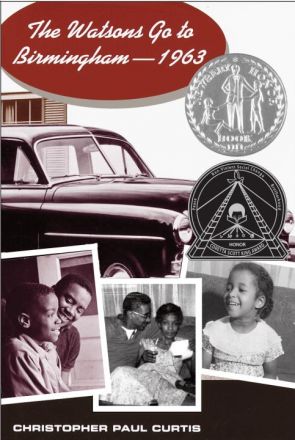
Not only was The Watsons Go to Birmingham one of the first books that I picked up from a Scholastic Book Fair, but it was also my first exposure to the remarkable world that is historical fiction. The story follows a family during the Civil Rights Movement and is narrated by Kenny Watson, an imaginative 4th grader whose character is based upon the author himself. The novel centers on his family’s trip to Birmingham, Alabama, and tackles brutal accounts of racial discrimination and violence along the way. These accounts are made even more poignant by the purposefully naïve POV through which each event is described. As a young reader, I believed Kenny wholeheartedly as he described all the scary things that he encountered (like his near-drowning in a pool, or a bombing of a Black church) as various encounters with the big, bad, ‘Wooh-Pooh’ monster. Just like Kenny, I had no real understanding of the incomprehensible and unjustified brutality that Black people endured during this time.
Back then, it was even difficult for me to comprehend the meaning of historical fiction itself – If Kenny and his family are made up, as are most of the events in the book, what makes this story different from any other fiction story? I had no understanding of the history of racial discrimination as a real-life event, or how made-up characters, stories, and anecdotes can be used to talk about real things.
Nonetheless, when I did eventually learn about the history of racism, my previous exposure to books like The Watsons Go to Birmingham helped me tremendously in terms of understanding and empathizing with the emotional, mental, and physical brutality of such a violent past, and truly grasping its historical significance. In the long run, this book taught me the importance of reading historical fiction from a young age, and allowed me to become the empathetic reader and individual that I am today.
Detective Conan manga series (Gosho Aoyama)
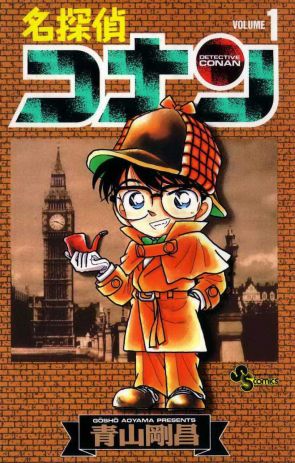
I can’t tell you how much I adored this Japanese ‘manga’ (comic book) series when I was in elementary school. Because Japanese was my first language, I felt far more comfortable reading in Japanese for a majority of my early years, until eventually English became easier and more convenient. While I attended an English-speaking elementary school during the week, I attended a Japanese weekend school every Saturday, where teachers allowed students to borrow Japanese books from their library and take them home for a week. I remember spending every afternoon buried in the Conan book that I had borrowed the previous Saturday, and making sure that I finished it by the following Saturday so that I could borrow the next book in the series and start all over again.
The Detective Conan series follows a boy-detective named Conan and his friends as they tackle various crime-related mysteries. Conan is known for his Sherlockian ability to crack impossible cases—a superhuman Brainiac-investigator trapped in a little boy’s body. I was so determined to one day solve a case before the book did it for me (this never happened, but a girl can dream!).
From a very young age, I was drawn to the mystery genre, and spent much of my free time reading books such as Conan, A-Z mysteries, Cam Jansen, and The Bailey School Kids. I was drawn to mystery books because they allowed me to interact with the characters in the process of solving a mystery. Most importantly, mystery books allowed me to pour my entire heart and soul—and better yet, my brain—into the thrill of unraveling a secret, solving a problem, answering a question, or cracking a riddle. Detective Conan made me into a reader who continues to seek for that thrill in any book that I read today.
Junie B. Jones series (Barbara Park)
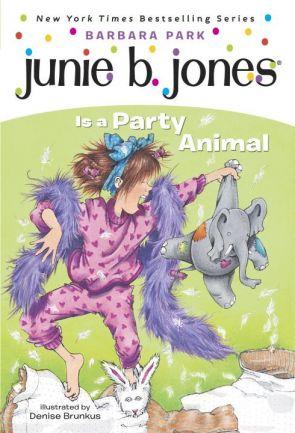
As I mentioned before, Japanese was my first and only language for a majority of my early childhood. So, in first grade, my elementary school teacher invested much her time and energy into helping me catch up with the rest of my class linguistically (shout-out to the incredible Ms. Carpenter). In doing so, she got me hooked on the Junie B. Jones series—a fun and effective way for me to acquaint myself with young, colloquial English.
While it first took me a few days to get through one book, in a matter of months, I was going through multiple books a day. I enjoyed mimicking Junie B’s phrases, mannerisms, and facial expressions (which you could see through the accompanying artwork that Barbara Park incorporated into every other page or so), and couldn’t wait to finish each book so I could pick up a new one and learn even more about being just like Junie B. For me, the seemingly mundane stories involving the typical ‘American school’ or ‘American household’ were absolutely fascinating, because they offered a necessary learning experience on various components of the American culture and traditions. I owe it all to Junie B. Jones for not only making me the reader that I am today, but also helping me adjust and integrate into the American lifestyle and mindset.
Goosebumps series (R.L. Stine)
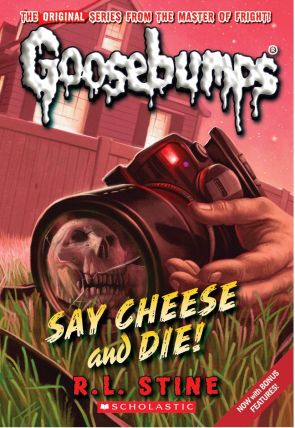
And now, the absolute mother of all series from my reading-obsessed childhood—Goosebumps. I wasn’t kidding when I said that I was obsessed with mystery books, and Goosebumps was the perfect cocktail of thriller, dark humor, and brain-twisting mystery for me. The icing on the cake was that Goosebumps is a massive series—I couldn’t help but to binge-read multiple books a day and build my own collection at home.
The Goosebumps series was certainly the gateway to my current love for horror and mystery, and impacted me as a reader in terms of establishing the types of books that I now reach for. And I’m not going to lie—telling people that my favorite series is Goosebumps made me feel pretty cool, because it separated me from many of my classmates who were afraid to read the books. Goosebumps helped me embrace my uniqueness and turn my love for reading into a true passion.
Small Steps (Louis Sachar)
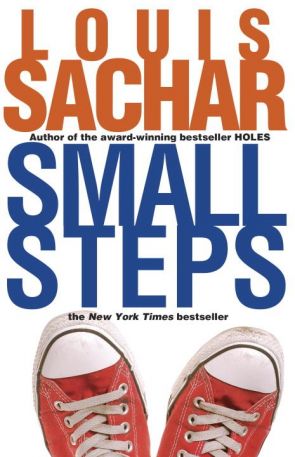
When I first found out about this hidden-gem sequel to the Louis Sachar classic Holes, I quickly had my mom drive me to the library so I could pick it up. The book follows one of Stanley’s roommates, the notorious Theodore ‘Armpit’ Johnson, after his release from Camp Green Lake. Armpit lives a pretty mundane life in Austin Texas post-Holes, until he suddenly gets wrapped up in a ticket-scalping scheme that involves his getting manipulated and beat up. Miraculously, his unfortunate series of events ends in his meeting a mega-celebrity and getting taken backstage to watch her concert (and they eventually fall in love, of course).
However, the plot continues to develop in unexpectedly violent and dramatic ways, and culminates in Armpit’s discovering his true self and the importance of prioritizing his well-being over fame, money, and love. That message itself was very impactful for me as a tween who lived with my head in the clouds. Moreover, this book helped me as a reader to transition from ‘easy’ books like Goosebumps to more physically and emotionally advanced texts such as these.



